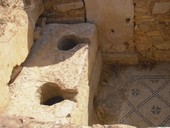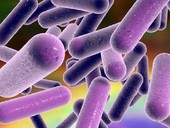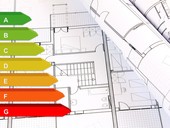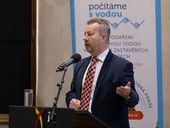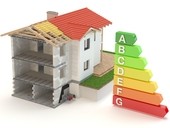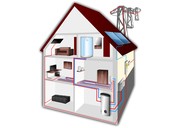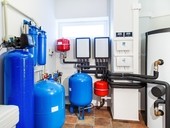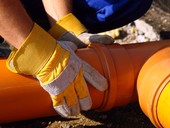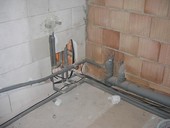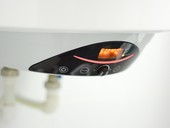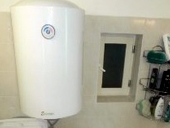The aim of the paper is to highlight the most common mistakes in sizing of domestic hot water (hereinafter only DHW) storage tanks and heat sources for DHW preparation. The article describes two basic ways of designing: Method using heat supply and demand curves of the DHW preparation system and Method of priority DHW preparation. Sizing of the DHW storage tank should primarily correspond to the used heat source and expected hot water consumption profile. When using the heat supply and demand curve method, the designer places the greatest importance on the minimum size of the DHW storage tank (i.e. the shape of the supply curve), regardless of the potential changes in the DHW consumption profile (i.e. the demand curve). When using the so-called priority DHW preparation, the basic precondition is often neglected that the required heat output of a common heat source must comply not only with the DHW preparation system but also with other connected heat consumption points.



